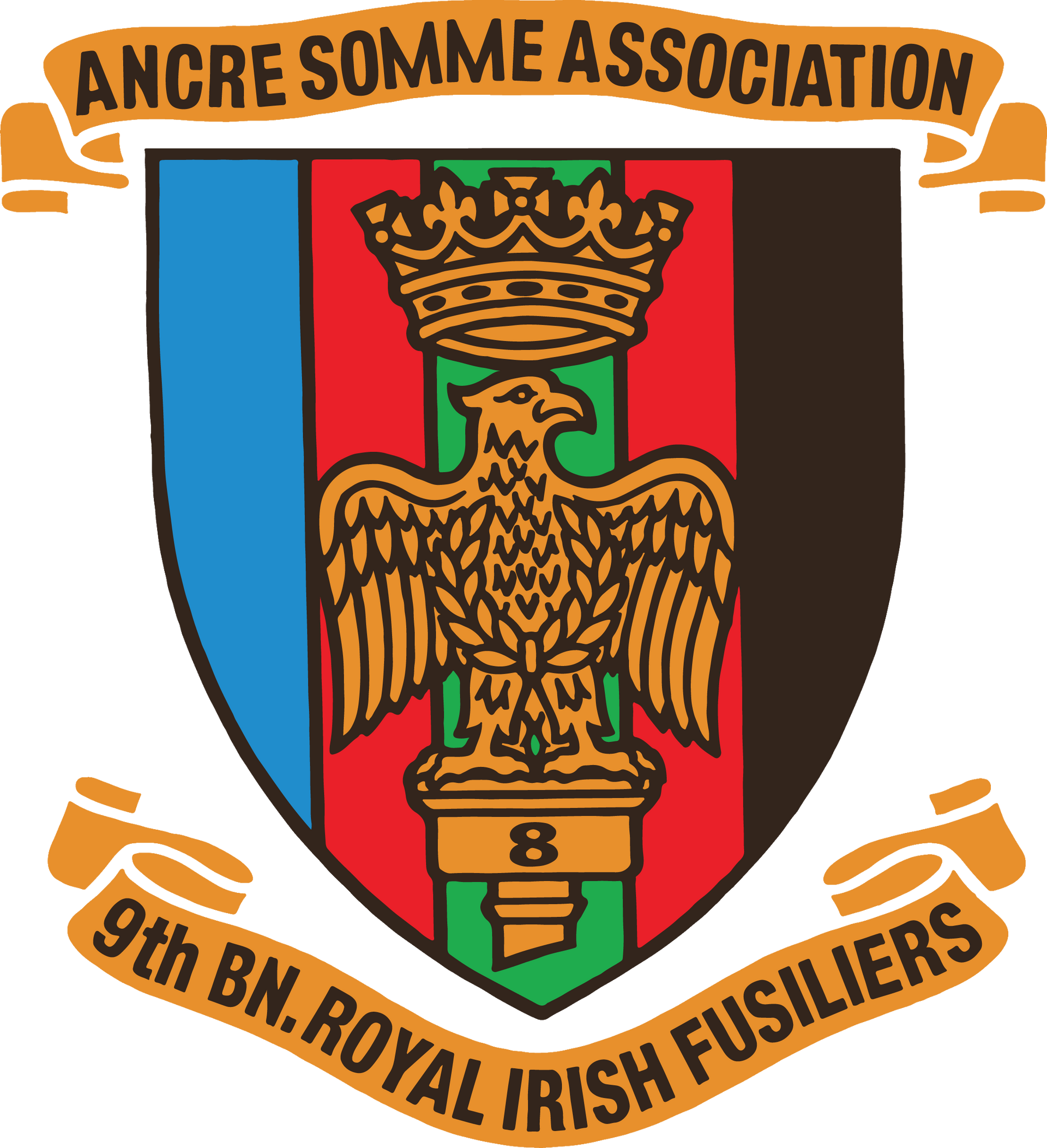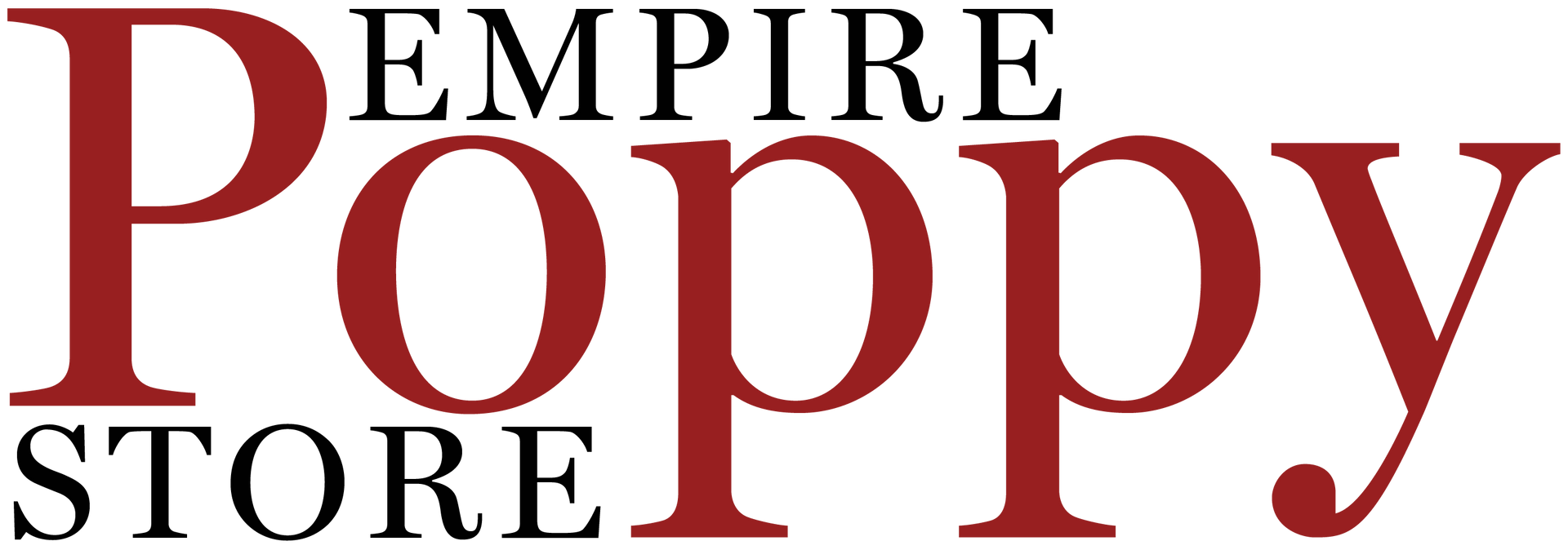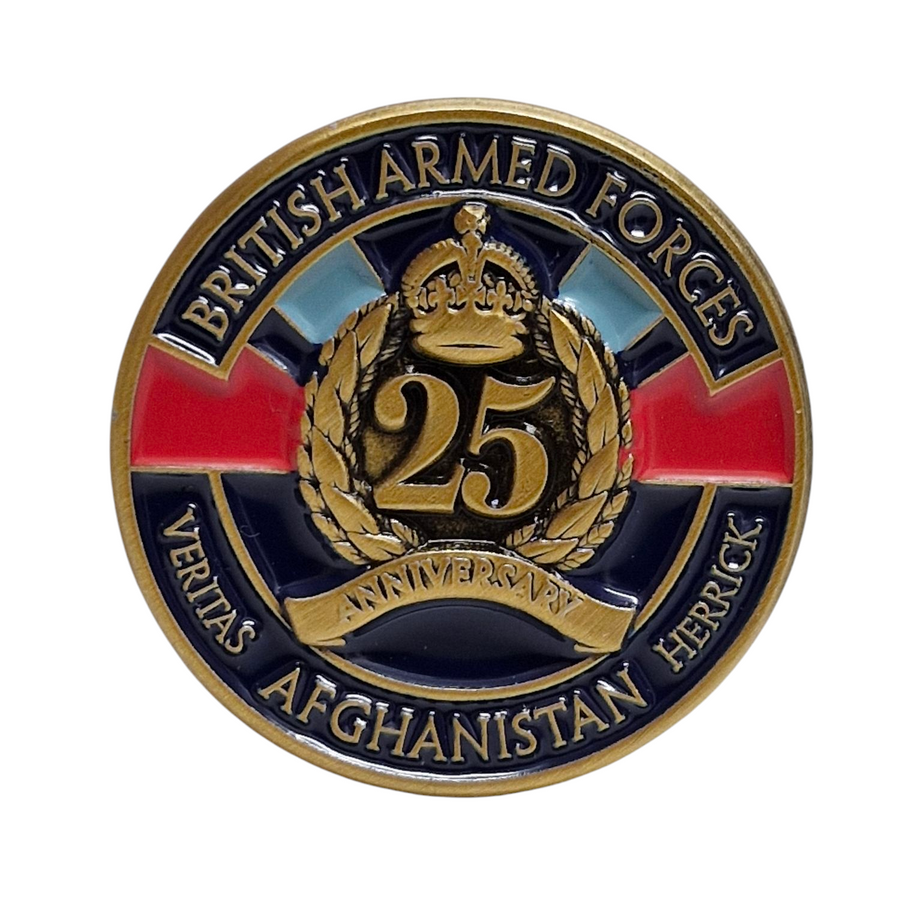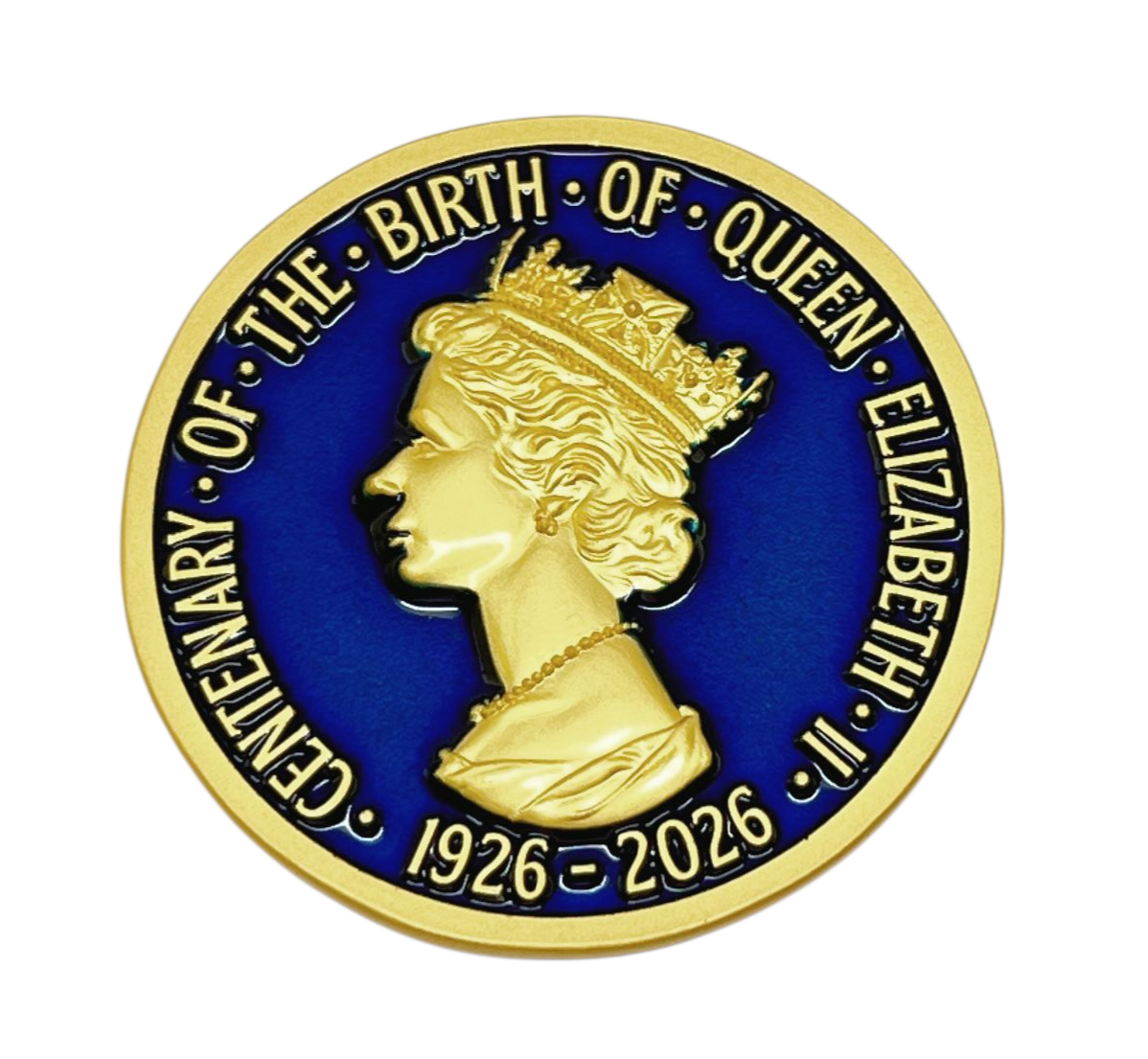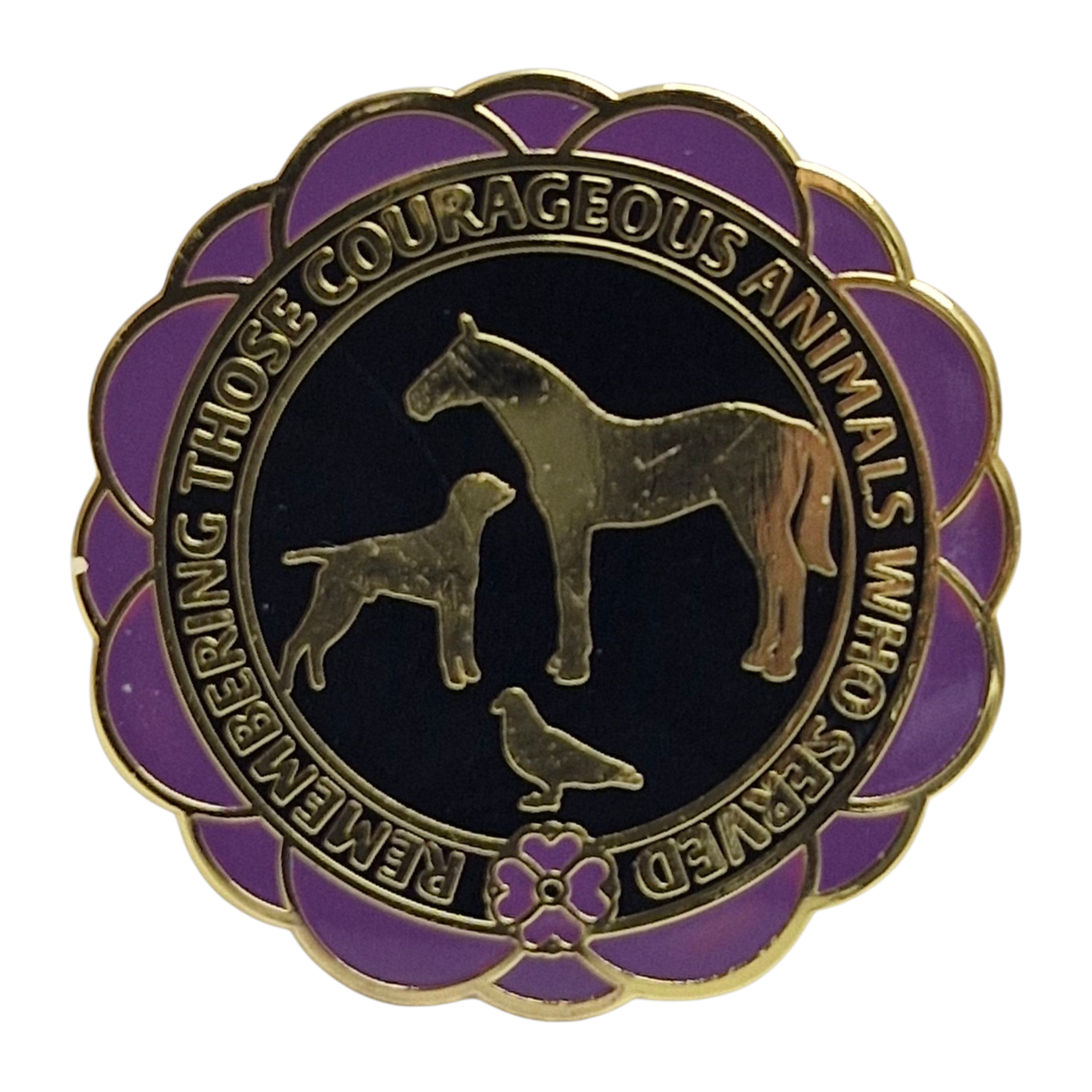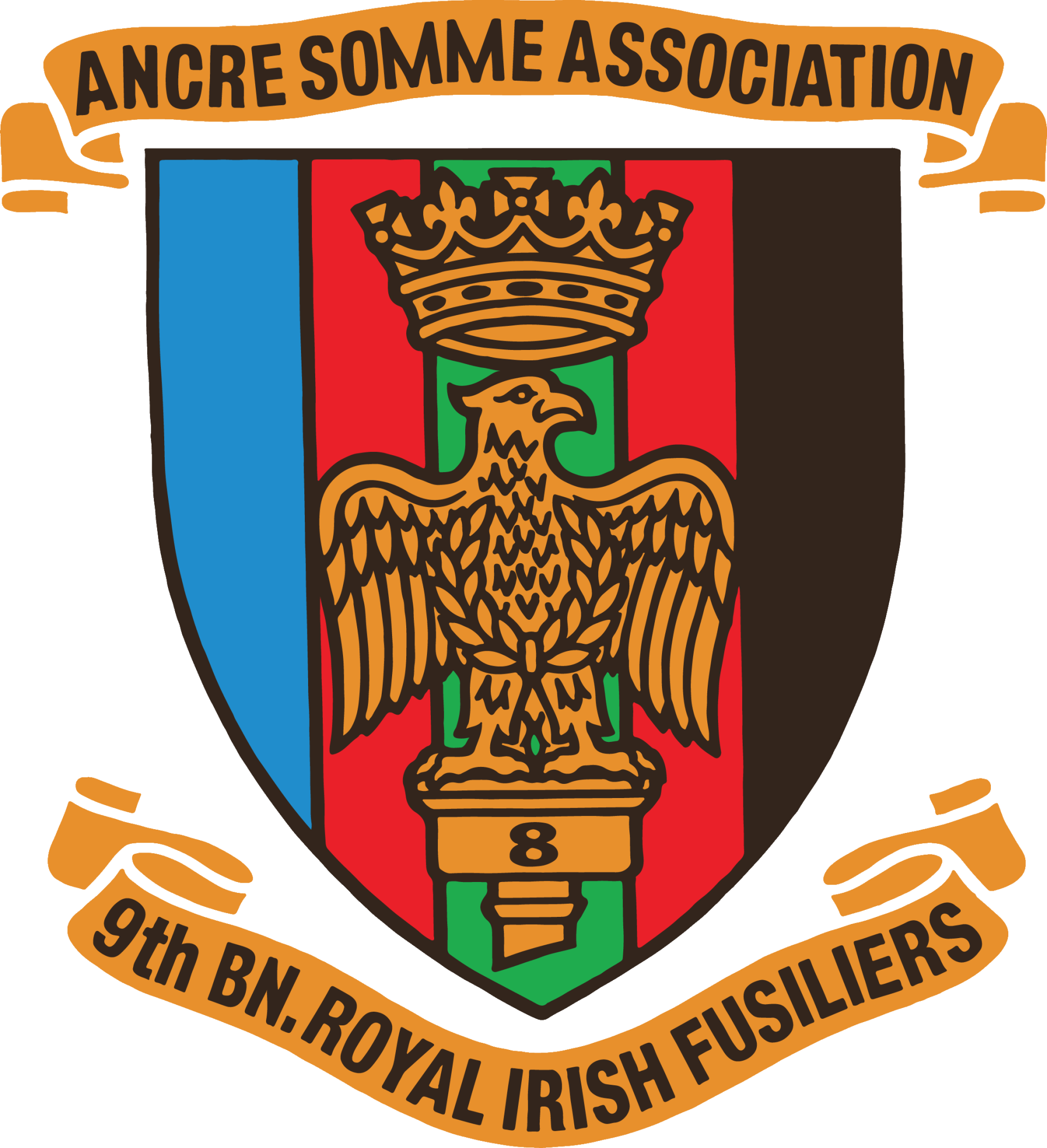British Armed Forces
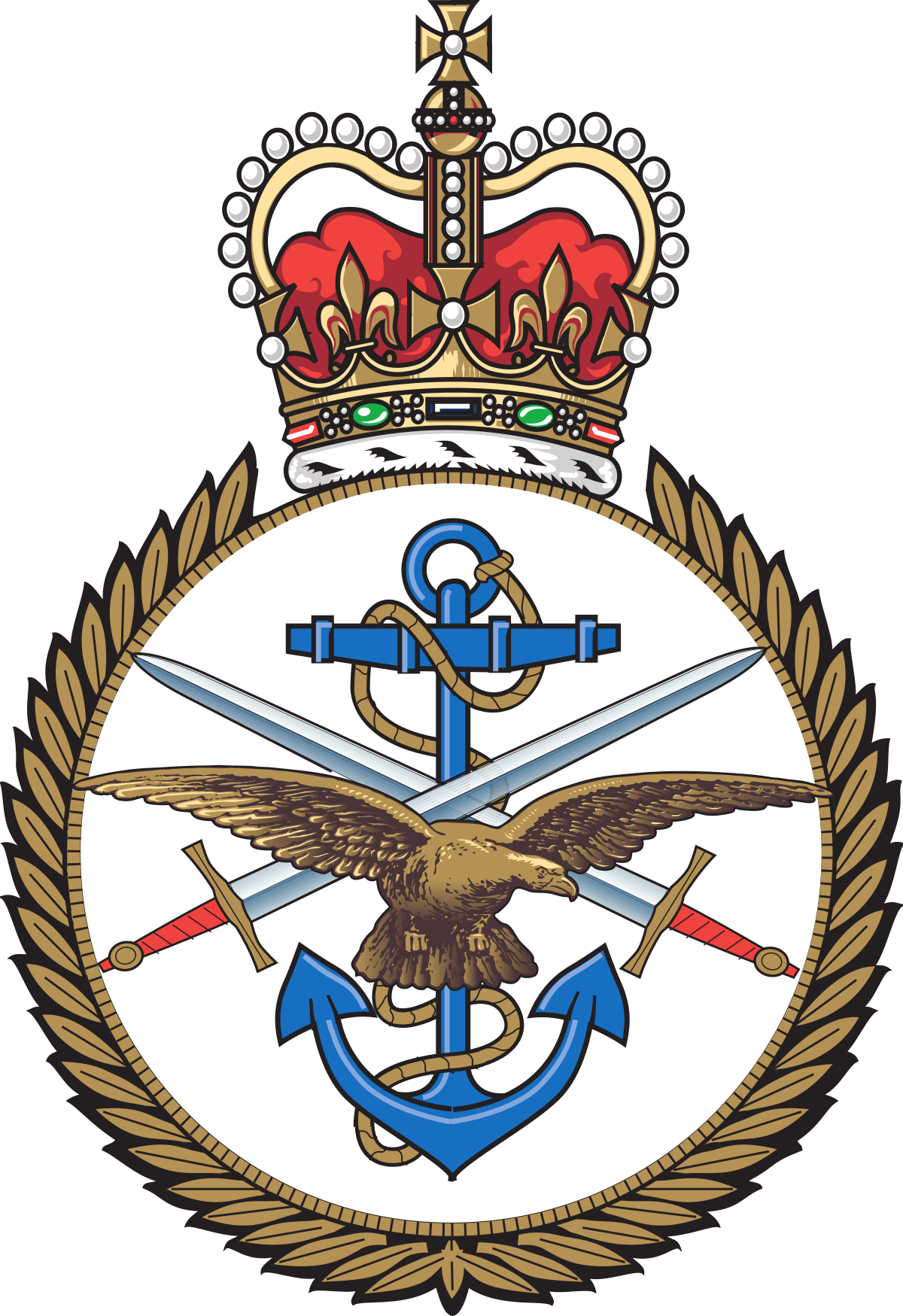
Service Branches: Royal Navy, British Army, Royal Air Force.
Commander in chief : King Charles III.
Size: 150,000 Active Personnel, 83,000 Reserve Personnel.
Deployed Personnel: 11,000
The British Armed Forces, also known as His Majesty's Armed Forces, are the military services responsible for the defence of the United Kingdom of Great Britain and Northern Ireland, its overseas territories and the Crown dependencies. They also promote Britain's wider interests, support international peacekeeping efforts and provide humanitarian aid.
Since the formation of a Kingdom of Great Britain in 1707 (later succeeded by the United Kingdom), the armed forces have seen action in a number of major wars involving the world's great powers, including the Seven Years' War, the Napoleonic Wars, the Crimean War, the First World War, and the Second World War. Repeatedly emerging victorious from conflicts has allowed Britain to establish itself as one of the world's leading military and economic powers.
Today, the British Armed Forces consist of: the Royal Navy, a blue-water navy with a fleet of 75 commissioned ships, together with the Royal Marines, a highly specialised amphibious light infantry force; the British Army, the UK's principal land warfare branch; and the Royal Air Force, a technologically sophisticated air force with a diverse operational fleet consisting of both fixed-wing and rotary aircraft. The British Armed Forces include standing forces, Regular Reserve, Volunteer Reserves and Sponsored Reserves.
Its Commander-in-chief is the British monarch, currently King Charles III, to whom members of the forces swear allegiance. Long-standing constitutional convention, however, has vested de facto executive authority, by the exercise of Royal Prerogative, in the Prime Minister and the Secretary of State for Defence. The Prime Minister (acting with the Cabinet) makes the key decisions on the use of the armed forces. The King however, remains the supreme authority of the military. The UK Parliament approves the continued existence of the British Army by passing an Armed Forces Act at least once every five years, as required by the Bill of Rights 1689. The Royal Navy, Royal Air Force and Royal Marines among with all other forces do not require this act. The armed forces are managed by the Defence Council of the Ministry of Defence, headed by the Secretary of State for Defence.
The United Kingdom is one of five recognised nuclear powers, is a permanent member on the United Nations Security Council, is a founding and leading member of the NATO military alliance, and is party to the Five Power Defence Arrangements. Overseas garrisons and facilities are maintained at Ascension Island, Bahrain, Belize, Bermuda, British Indian Ocean Territory, Brunei, Canada, Cyprus, the Falkland Islands, Germany, Gibraltar, Kenya, Montserrat, Nepal, Qatar, Singapore and the United States.
Education Remembrance Support

His Majesty King Charles III
Commander-in-chief
British Armed Forces
The commander-in-chief of the British Armed Forces, also referred to as commander in chief of the armed forces of the Crown, is a constitutional role vested in the British monarch, currently King Charles III, who as head of state is the "Head of the Armed Forces".
The King has a long and close relationship with the Armed Forces, both in the United Kingdom and in the Commonwealth. As Sovereign, The King is Head of the Armed Forces.
Following in the footsteps of his father, grandfather and two great-grandfathers, the current British Monarch served an extensive career in the military. It spanned across the Royal Air Force (RAF), the Royal Navy and the Army – King Charles III even received commando training with the Royal Marines! Despite never being deployed to a combat zone, he certainly had the qualifications to succeed, should he have been sent to one.
In 1971, during his second year at the University of Cambridge, King Charles III served a four-month stint with the Royal Air Force. During this time, he trained as a pilot in Cranwell, Lincolnshire. On March 8 of that year, he flew to RAF Cranwell in a de Havilland Canada DHC-1 Chipmunk as part of the Cambridge University Air Squadron.
On July 29, Charles III made his first parachute drop from a Hawker Siddeley HS 780 Andover. Leaping from the military transport aircraft, he landed in Studland Bay, in Dorset. After attending the passing out parade at Cranwell, he switched trajectories and moved onto his career with the Royal Navy.
After his training with the RAF, King Charles III attended a six-week course at the Britannia Royal Naval College (BRNC) Dartmouth. Following his naval education, he provided several years of service. From 1971-72, he served on the guided-missile destroyer HMS Norfolk (78), before acting as the sub-lieutenant onboard the HMS Minerva (F45) between 1972-73. He followed this up with a stint onboard the HMS Jupiter (F60).
After finishing his time as a surface officer, Charles III returned to the air as a qualified helicopter pilot at Royal Naval Air Station (RNAS) Yeovilton. He then joined the 845 Naval Air Squadron onboard the HMS Hermes (R12), before taking command of the coastal minesweeper HMS Bronington (M1115) in 1976, serving for 10 months.
In 1974, King Charles III took up additional training with the Royal Marines. He attended the 13-week All Arms Commando Course (AACC) at the Commando Training Centre Royal Marines (CTCRM) Lympstone, which features amphibious assault, cliff assault and helicopter drills. It’s extremely taxing on the body and mind, and requires a four-week preparatory course before a recruit can partake in it.
At the end of the AACC, there is a week-long final exercise known as “Test Week.” Charles successfully completed this and, after graduating, earned the right to wear the coveted green beret and the Commando Dagger on his military uniform.
After completing commando training, King Charles III was appointed as colonel-in-chief of the British Army’s Parachute Regiment. However, at this point, he hadn’t completed enough education and training to be considered a qualified parachutist.
He felt he couldn’t look his soldiers in the eye, nor wear the red beret or Para Wings, unless he completed the necessary training. “I felt I should lead from the front or at least be able to do some of the things one expects others to for the country,” he later recounted. This led him to attend the Parachute Course 841a at RAF Brize Norton, and throughout the years he’s remained in good relation with the Paras, attending the medal parade in 2011 and the presentation of new Colours in 2021.
King Charles III has been promoted to the rank of admiral in the Royal Navy, General in the Army and Air Chief Marshal in the RAF. Although his medals aren’t for active service in combat, he is still highly decorated for serving at a particular time or place, being a member of high-ranking order and through receiving medals from other countries.
In addition to honours, The King also leads the nation each year in paying respects to the fallen each year on Remembrance Sunday.
Royal Navy
Type: Royal Navy.
Role: Naval Warfare.
Size: 33,280 Regular, 3040 Maritime Reserve, 7960 Royal Fleet Reserve.
Nick Name: Senior Service.
Motto: "Si vis pacem, para bellum" (Latin)"If you wish for peace, prepare for war"
Colours: Red and White.
March: Heart of Oak.
No navy or fleet existed in any shape or form in England until the reign of King Alfred (871-901). His first seaborne engagement was in 882 against four Danish ships in the Stour estuary, and in 895-7 Alfred built long ships to his own design and defeated the Danes off Essex and in the Thames estuary. It is for this reason that King Alfred is often claimed to be the founder of the British navy.
During the reign of Edward the Confessor (1004-1066), the maritime institution of the Cinque Ports was established. This was composed of five ports, Dover, Hastings, Romney, Hythe and Sandwich, later Rye and Winchelsea were added. Its purpose was for the prompt mobilisation of merchant vessels into a navy to fight against pirates and enemy attacks.
In 1190 Richard I introduced the Laws of Oleron into England. These were a code of maritime law originally enacted by his mother Eleanor of Aquitaine. The laws dealt with the rights and responsibilities of ships’ captains in relation to discipline, mutiny, pay, cargoes, sickness on board, pilotage and the like.
In 1340 the Battle of Sluys was the first naval battle fought in ships, although the fleet was made up of mainly commandeered merchant vessels. This is deemed to be the first time a naval dispatch had been sent, when the King wrote to his son, the Prince of Wales. The English fleet being commanded by Edward III. Edward III became known as the ‘king of the seas’. In 1391 Earl of Rutland was appointed as the first Lord High Admiral.
In 1415, the Henry V’s English invasion force was carried across the channel by 1500 ships and boats, to fight in Agincourt. Henry V built the Jesus, the first ship of 1000 tons, followed by the Grace Dieuof 1400 tons.
The Tudor period was the great age of discovery and the beginning of world expansion. In 1495 Henry VII built the first dry dock at Portsmouth. Henry VIII inherited seven warships from his father, which he increased to twenty-four in the early part of his reign.
Henry VIII had ships built which had improved sea-worthiness and armaments, and in 1514 the Henry Grace a Dieu the largest warship in the world was launched. It was the first ship with heavy guns, and this led to an end of archers firing on ships and hand to hand fighting, and so developed a new technique of sea warfare. In the same year Trinity House was inaugurated to develop navigational aids such as lighthouses, buoys and beacons, the latter being used to signal the invasion of the Spanish Armada in 1588. In 1540 Henry built the first naval dock in Britain at Portsmouth,
in 1546 he established the Navy Board, which remained almost unchanged for 300 years, created the Office of Admiralty, and set up the administrative machinery for the control of the fleet. For his achievements Henry VIII was known as the father of the English navy. From the Tudor period, England produced many eminent naval officers.
The British navy became the Royal Navy after the restoration of the monarchy under Charles II in 1660. In 1661 Sir William Penn and Samuel Pepys established the Naval Discipline Act which included the articles of war and founded the Royal Navy by statue. In 1664 the Royal Marines were set up. Charles II founded the Royal Society of London to encourage scientific knowledge of astronomy, biology, geographical exploration, navigation and seamanship.
During the eighteenth century, in 1714 the Board of Longitude was created and offered a prize for solution to discovering longitude at sea. The problem was solved by John Harrison’s chronometers in the latter part of the century. In 1751 warships began to be rated by being divided into six divisions depending on the number of their guns e.g. a first rate having over 100 guns and sixth rate having under 32guns. In 1782 signalling with twenty-eight flags using a numbered code was introduced by Admirals Howe, Kempenfelt and Knowles. This was further developed in 1796 by the introduction of semaphore by Sir Home Popham and Rev. Lord George Murray. Fifteen semaphore stations were installed from London to Deal, and its success led to a further ten stations being set up between London and Portsmouth. 1795 saw the compulsory introduction of lemon juice to prevent scurvy on board ships. In the same year the Admiralty’s Hydrographic Department was established and the first Admiralty chart was issued by Alexander Dalrymple in 1801. From 1819, the Admiralty was given permission to sell its charts to the Merchant Marine and since then the world has been navigated almost entirely on British Admiralty charts.
The nineteenth century saw the beginning of Arctic exploration. In 1822, the first steam vessels, HMSs Comet and Monkey, were brought into use for towing ships of the line out of harbour when the wind was unfavourable. The Admiralty became the single organisation responsible for every aspect of the navy in 1832 when the Navy Board was merged into it. In 1853, continuous service in the navy was introduced under which seamen could make service in the navy a career and earn a pension at the end of it. This meant the end of impressment as a means of recruitment. HMS Warrior, the first ironclad warship, was built in 1860.
At the turn of the twentieth century the submarine was developed. By World War I 74 had been built. In 1906, the first all big-gun battleship HMS Dreadnought was built, becoming the most powerful ship in the world at the time and making all other ships obsolete. In 1912, the Royal Naval Air Service was formed, and in 1918, HMS Argus was the first ship built to enable aircraft to take off and land with an unobstructed deck over the whole length of the ship. In 1923, HMS Hermes was the first purpose built aircraft carrier and the Fleet Air Arm came into existence a year later. The latter part of the century has seen the development of nuclear submarines and missiles.
Today the Royal Navy is the third strongest maritime time force in the world after the USA and Russia.
© National Museum of the Royal Navy, 2014. The information contained in this sheet is correct as far as we are able to ascertain from our sources. It is not intended to be an exhaustive or complete history of the subject. Please contact the library for a list of further reading materials, if available.
British Army
Type: British Army.
Role: Land Warfare.
Size: 75,00 Regular, 3040 Army Reserve.
Motto: Be The Best.
British army is the military force of the United Kingdom charged with national defence and the fulfilment of international mutual defence commitments.
The army of England before the Norman Conquest consisted of the king’s household troops (housecarls) and all freemen able to bear arms, who served under the fyrd system for two months a year. After 1066 the Normans introduced feudalism and mounted troops (knights) and their auxiliaries, infantry, and military artisans. Mercenaries were employed during the Hundred Years’ War (1337–1453) and the Wars of the Roses (1455–85) in combination with the militia. With the Battle of Crécy in 1346, archers became important, the longbow being a major innovation of warfare.
The first English standing army was formed by Oliver Cromwell in 1645 during the Civil War. His New Model Army was highly disciplined and well trained. Associated with the excesses of Cromwell’s Commonwealth, however, it was disbanded by Charles II in 1660 except for a household brigade (now the Coldstream Guards). After the Glorious Revolution (1688–89), the English Bill of Rights (1689) gave Parliament the control of the army that it maintains today.
During the 18th and 19th centuries, as Britain consolidated its colonial empire, the army grew in size and developed as an effective fighting force. The army established standing forces in the colonies and distinguished itself during the Napoleonic Wars (1800–15). Reforms were carried out to improve its organization and efficiency in the late 1800s. Between 1905 and 1912 the Territorial Force (after 1921, Territorial Army) and Special Reserve were established. The army was greatly increased in size by conscription during World War I but was reduced to a minimum with an end to conscription after 1919. In July 1939, however, conscription was again enforced.
Major changes in the British army occurred after 1945. Troops stationed overseas were returned home as the British colonies gained independence, and the military forces were placed in Europe or absorbed into the Home Guard. In 1960 conscription was ended and an all-volunteer army again created. With the introduction of nuclear weapons, the Territorial Army was greatly reduced.
In 1964 the Ministry of Defence was established to administer all the armed forces, and in 1972 all army forces were placed under Headquarters United Kingdom Land Forces. The secretary of state for defence is responsible to the prime minister and the cabinet. The secretary is advised by the chief of defence staff, who is aided by the three service chiefs. In the aftermath of the Cold War, both the regular army and its reserve forces were reorganized and reduced in strength.
The British Army has seen action in major wars between the world's great powers, including the Seven Years' War, the Napoleonic Wars, the Crimean War and the First and Second World Wars. Britain's victories in these decisive wars allowed it to influence world events and establish itself as one of the world's leading military and economic powers.
Since the end of the Cold War, the British Army has been deployed to a number of conflict zones, often as part of an expeditionary force, a coalition force or part of a United Nations peacekeeping operation.
Royal Air Force
Type: Royal Air Force.
Role: Aerial Warfare.
Size: 33,840 Regular, 1940 RAuxAF, 2220 Reserve Personnel.
Motto: "Per Ardua ad Astra" (Latin) Through Adversity to the Stars.
March: The Air Force March Past.
The Royal Air Force is the youngest of the three British armed services, charged
with the air defence of the United Kingdom and the fulfilment of international defence commitments.
The first air units in Britain’s military were formed eight years after the first powered flight took place in 1903. In April 1911 an air battalion of the Royal Engineers was formed, consisting of one balloon and one airplane company. In December 1911 the British Admiralty formed the first naval flying school, at the Royal Aero Club ground at Eastchurch, Kent.
In May 1912 a combined Royal Flying Corps (RFC) was formed with naval and military wings and a Central Flying School at Upavon on Salisbury Plain. The specialized aviation requirements of the navy made it appear, however, that separate organization was desirable, and on July 1, 1914, the naval wing of the RFC became the Royal Naval Air Service (RNAS), the military wing retaining the title Royal Flying Corps.
On the outbreak of World War I in August 1914, the RFC, possessing a total of 179 airplanes, sent four squadrons to France. On April 1, 1918, the RNAS and RFC were absorbed into the Royal Air Force (RAF), which took its place beside the British navy and army as a separate service with its own ministry under a secretary of state for air. The strength of the RAF in November 1918 was nearly 291,000 officers and airmen. It possessed 200 operational squadrons and nearly the same number of training squadrons, with a total of 22,647 aircraft.
To train permanent officers for the flying branch of the RAF, a cadet college was established at Cranwell, Lincolnshire, in 1920. The RAF staff college was opened in 1922 at Andover, Hampshire.
At the outbreak of World War II in September 1939, the first-line strength of the RAF in the United Kingdom was about 2,000 aircraft. The RAF fighter pilots, however, distinguished themselves during the Battle of Britain in the early stages of the war against the numerically superior German Luftwaffe. By the time the war ended, the strength of the RAF was 963,000 personnel. When the wartime forces were demobilized in 1945, however, the total strength of the RAF was reduced to about 150,000, the approximate number retained into the 1980s.
That number had dropped significantly by the early 21st century as part of an overall force-reduction strategy implemented by the British military. With 40,000 troops and just over 300 combat-ready aircraft, the RAF was a smaller, more-focused force than it had been in previous years.
Today the Royal Air Force maintains an operational fleet of various types of aircraft, described by the RAF as being "leading-edge" in terms of technology. This largely consists of fixed-wing aircraft, including: fighter and strike aircraft, airborne early warning and control aircraft, ISTAR and SIGINT aircraft, aerial refueling aircraft and strategic and tactical transport aircraft. The majority of the RAF's rotary-wing aircraft form part of the tri-service Joint Helicopter Command in support of ground forces.
Most of the RAF's aircraft and personnel are based in the UK, with many others serving on operations (principally over Iraq and Syria) or at long-established overseas bases (Ascension Island, Cyprus, Gibraltar, and the Falkland Islands). Although the RAF is the principal British air power arm, the Royal Navy's Fleet Air Arm and the British Army's Army Air Corps also deliver air power which is integrated into the maritime, littoral and land environments.
"Greater love hath no man than this,
that a man lay down his life for his friends."

